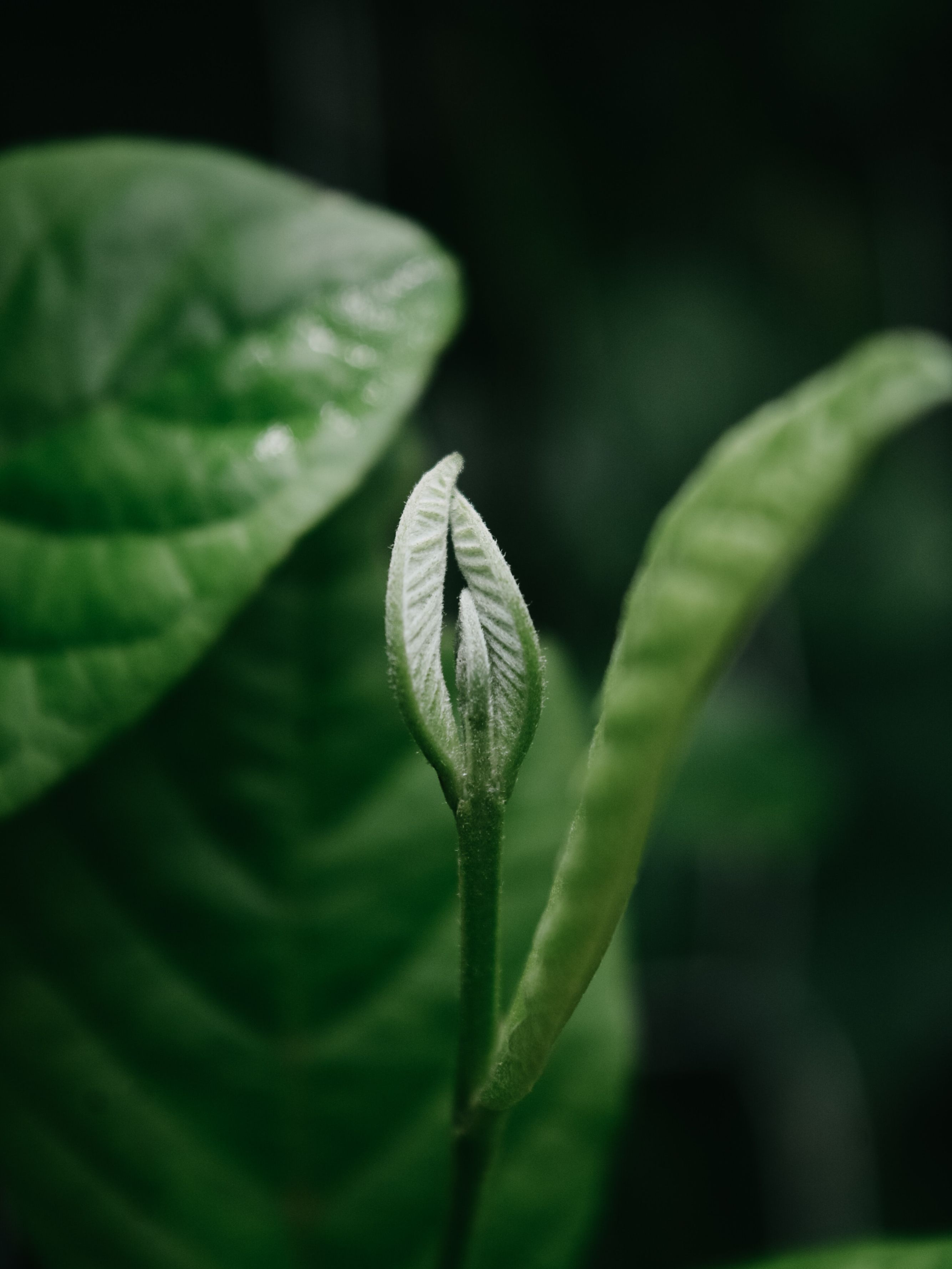The development of tea has gone through a long process from being used as medicine to becoming one of the popular natural beverages, transitioning from wild growth to cultivation. Nowadays, tea has become one of the globally favored natural drinks. Its popularity is closely linked to its various special effects, such as antioxidant, anticancer, anti-inflammatory, antibacterial, blood lipid regulation, and prevention of cardiovascular diseases [2].

Recently, scientists have discovered that drinking tea can also improve mood and reduce the probability of depression [2]. Tea belongs to the Camellia family of plants and contains abundant functional substances, making it possess diverse biological activities. With the continuous progress of isolation and purification techniques, the active substances in tea have been unveiled one by one, mainly including polyphenols, carbohydrates, proteins (enzymes, etc.), amino acids, alkaloids (caffeine, theobromine, etc.), vitamins, and minerals, among which polyphenols have the highest content and are the main factor for tea's biological activities.
Modern medical research has found that tea polyphenols have numerous biological activities both inside and outside the body, including antioxidant, anti-aging, weight loss, blood pressure reduction, and antibacterial properties. Due to the continuous improvement in tea processing technology, the utilization of tea polyphenols has already surpassed the traditional method of simply brewing tea, making them the most promising natural additives that are widely applied in medicine and healthcare, food, cosmetics, and other industries.
How Tea Polyphenols Benefit the Skin
· Photoaging
Photoaging is the most significant exogenous aging factor for the skin [6]. Ultraviolet rays in sunlight mainly cause skin aging by damaging DNA, progressive protein cross-linking, reducing immune responses, generating highly reactive free radicals that damage cells and tissues, etc. The main characteristics of photoaged skin are rough and dry texture, irregular pigmentation, decreased elasticity, and deep wrinkles.
· Melanin
As mentioned earlier, ultraviolet radiation can affect skin pigmentation metabolism, and the process is as follows: when the skin is exposed to ultraviolet rays, keratinocytes and fibroblasts in the skin undergo stress responses, leading to an increased production of tyrosine. Under the catalysis of tyrosinase (TYR), tyrosine is converted into DOPA (dihydroxyphenylalanine), which is further oxidized into DOPAquinone (dihydroxyphenylindolequinone) by enzymes. Finally, melanin is formed through transformation. Tyrosinase is the rate-limiting enzyme in regulating melanin production, and tea polyphenols inhibit the activity of tyrosinase, reducing the formation of melanin and thereby achieving a skin whitening effect.
Formation of Melanin
· Free Radicals
Free radicals are important factors causing endogenous skin aging [7]. Free radicals have strong oxidative abilities and can cause peroxidation of unsaturated lipids in biological membranes, forming peroxidized lipids, with their end product, malondialdehyde, acting as a potent cross-linking agent, forming insoluble substances with proteins, nucleic acids, or lipids, resulting in the formation of age spots.
Tea polyphenols contain a high number of hydroxyl groups in their structure, which gives them a highly efficient capability to scavenge free radicals by providing active hydrogen to deactivate them. They can also activate intracellular antioxidant defense systems to promptly eliminate excess free radicals and maintain the dynamic balance of free radicals.
Taking EGCG as an example, research has shown that EGCG has a clearing effect on both intercellular and intracellular free radicals [8]. As shown in the figure, when the skin is exposed to medium-wave ultraviolet (UVB) or sodium nitroprusside (SNP) stimuli, reactive oxygen species (ROS) free radicals are generated in the cells. Intracellular ROS can activate the apoptosis enzymes Caspase-8 and Caspase-2 and inhibit the expression of hyaluronidase mRNA. Therefore, EGCG can be used to clear ROS free radicals, thereby reducing cell apoptosis and the degradation of hyaluronic acid.
In conclusion, although tea polyphenols are natural non-toxic antioxidants and excellent natural medicines, their poor lipid solubility and low bioavailability limit their applications in the food, pharmaceutical, and cosmetic industries. Therefore, it is of significant research and practical value to modify the structure of tea polyphenols and develop stable, highly active, cost-effective, and highly bioavailable tea polyphenol compounds.
References
1. Brody, H. Nature 2019, 566, S1.
2. (a) Graham, H. N. Preventive Medicine 1992, 21, 334. (b) Chan, W. C.; Soh,E.Y.; Tie, P. P.; Law, Y.P. Pharmacognosy Research 2011, 3, 266. (c) Gilbert, N. Nature 2019, 566, S8.
3. Anand, P. K.; Kaul, D.; Sharma, M. International Journal of Biochemistry & Cell Biology 2006,38, 600.
4. (a) Drew, L. Nature 2019, 566, S2. (b) Bennetzen, J. Nature 2019, 566, S5. (c) Nowogrodzki, A. Nature 2019, 566, S10. (d) Graham, H. N. Preventive Medicine 1992, 21, 334.
5. (a) Eisenstein, M. Nature 2019, 566, S6. (b) Auger, C.; Mullen, W.; Hara, Y.; Crozier, A. Journal of Nutrition 2008, 138, 1535S.
6. Iovine, B.; Nino, M.; Irace, C. Biochimie 2009, 91, 364.
7. Bernstein, E. F. Dermatol Surg., 2002, 28, 132.
8. Eunji, K.; Kyeonghwan, H.; Jongsung, L.; Sang, Y. H. J. Mol. Sci. 2018, 19, 173.
